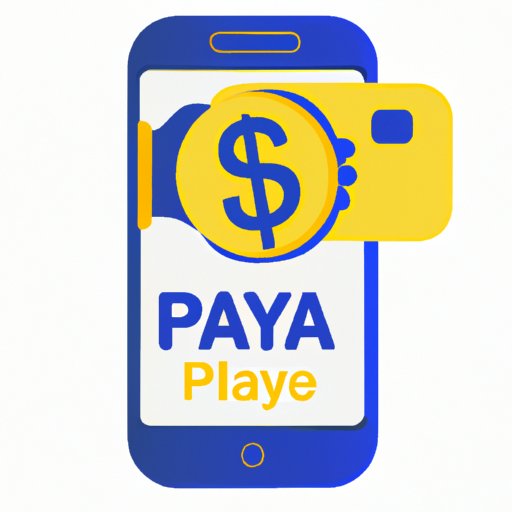
Introduction
PayPal is a digital payment service that allows users to send and receive payments securely online. The platform operates in over 200 countries and supports over 25 currencies, making it a convenient way to make transactions globally. Created in 1998, PayPal has become one of the leading online payment services in the world.
There are many benefits to using PayPal. Firstly, it’s widely accepted by online merchants. You can use PayPal to pay for goods and services on many online stores, making online shopping seamless. Secondly, it’s incredibly easy to set up an account and start using the service. Finally, PayPal provides robust buyer protection programs that help ensure you get what you paid for or can get your money back in case of technical failures or errors. Additionally, it lets you shop online without revealing sensitive details like your credit or debit card numbers.
Setting up a PayPal account
The first step to using PayPal is creating an account. Luckily, the process is simple and straightforward. Start by visiting the PayPal website or downloading the mobile app and then follow the on-screen instructions. In most cases, you’ll be prompted to enter your name, email address, and a password. Next, you’ll be asked to add a payment method.
PayPal allows you to link multiple payment methods, including bank accounts, credit cards, debit cards, or PayPal CREDIT. This gives you more flexibility when it comes to making transactions, especially if you don’t have the funds in your PayPal account. Ensure that the payment method you’re linking is in good standing and has sufficient funds available if it’s a bank account.
Linking PayPal to a bank account or credit card
The next step after creating a PayPal account is linking it to a bank account or a credit card. Linking a payment method makes it possible to send or receive money with your PayPal account. Here’s how to do it:
- Log in to your PayPal account and go to the “Wallet” section.
- Click the “Link a card or bank” button.
- Choose the payment method you want to link and follow the on-screen instructions.
When linking a bank account, you’ll need to provide your account number and routing number. PayPal will ask you to verify your bank account by confirming two small deposits it will make into your account within 1-3 business days. Once you’ve verified the bank account, you can transfer money between your PayPal account and bank account seamlessly.
Sending money
Once you have linked your payment method, you can send money to other users with a PayPal account. If the recipient doesn’t have a PayPal account, they’ll be prompted to create one to receive your payment. Here’s how to send money:
- Log in to your PayPal account and go to the “Send & Request” section.
- Enter the email address or phone number of the recipient.
- Enter the amount of money you want to send and choose the payment method you want to use for the transaction.
- Review the transaction details and click “Send.”
PayPal will charge a nominal fee for sending money, usually a small percentage of the transaction amount or a minimum fixed fee. The recipient will receive a notification that you’ve sent them money, and the funds will be available in their PayPal account in a matter of minutes. You can also add a personalized message or note with the payment.
Receiving money
Receiving money through PayPal is also easy. If someone sends money to your PayPal account, you’ll receive a notification via email or in your PayPal account. The money will be added to your PayPal balance, which you can use to make purchases or transfer to your linked bank account. Here’s how to receive money:
- Log in to your PayPal account and go to the “Activity” section.
- Look for the payment you received and click “Accept” or “Withdraw.”
- If you choose to withdraw the funds, select the bank account you want to transfer the money to and click “Continue.”
Just like when sending money, PayPal charges a fee for receiving money. The fee is usually waived for personal transactions, but a fee is charged for business transactions. Be sure to read PayPal’s fee policy and transaction fees thoroughly.
Common issues and resolutions
While PayPal is a trusted and established payment service, some issues may arise while sending or receiving money.
If you encounter an error while using PayPal, try checking your payment method or contact PayPal customer support for assistance. Additionally, ensure that you’re sending money to the correct email address or phone number, and confirm that all transaction details are accurate before sending the money.
One way to avoid issues with PayPal is to link your account with a verified payment method and keep your account details up to date. Additionally, opt for seller protection programs when making purchases to ensure that you’re getting what you paid for.
Conclusion
PayPal is a fantastic service for sending and receiving money online. To start using PayPal, create an account, connect a payment method, and send or receive money with just a few clicks. If you encounter any issues, PayPal customer support is always available to assist. With its widespread use and buyer protection programs, PayPal is a convenient and safe option for making transactions online.





